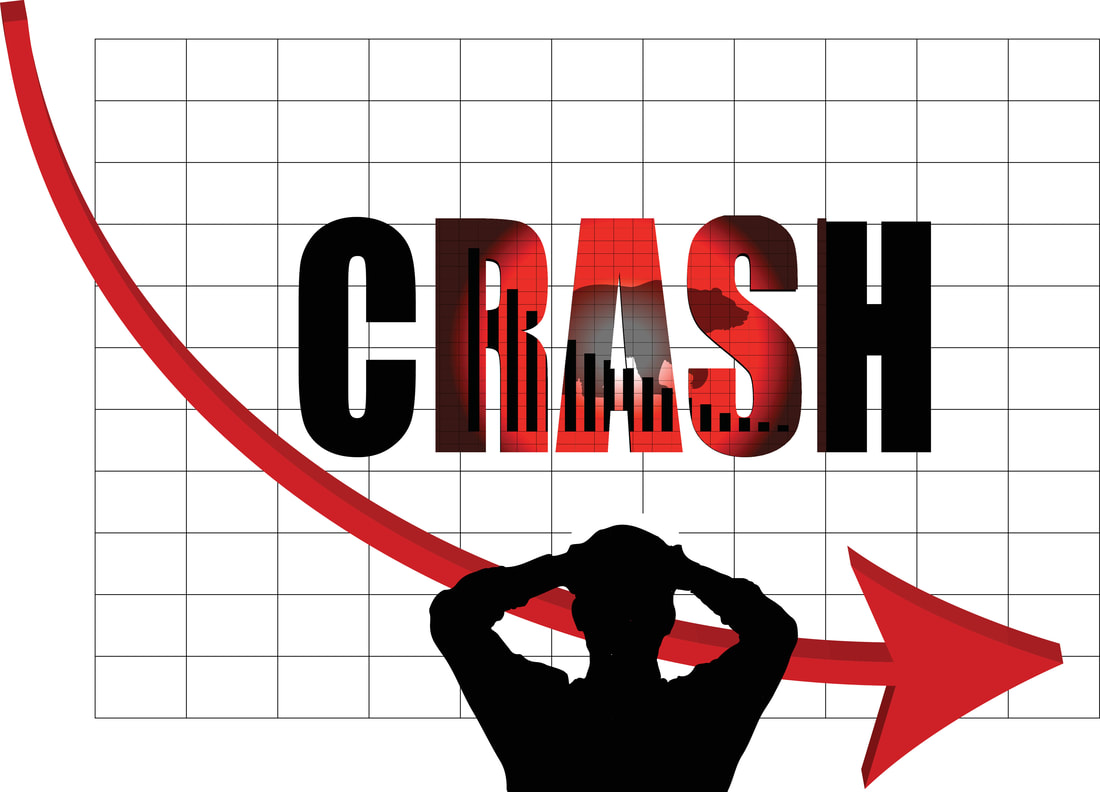|
Last week I had a conversation with "Rick" who told me he wanted get healthy. I asked him what "get healthy" meant to him. He said he would feel healthier if he lost 30 pounds.
That's a pretty typical response, right? It's common to equate health with weight. I told Rick that if he's not happy with his health, it could be that he's focusing on the wrong measurement of success. I think people gravitate toward weight because it's familiar and easy. Many people I talk to have an emotional connection to the number on the scale, romanticizing their high school weight or what they weighed before having kids. Weight is fickle, though. It fluxes from one bowel movement to the next. It doesn't know the difference between fat weight, muscle weight, or water weight. Yes, monitoring weight could be one part of a complete picture, but it's not very reliable as a stand alone number when assessing health. Waist circumference is a better indication of health than weight. It's widely accepted that an expanding waistline is a risk factor for chronic diseases like diabetes and heart disease. We also know that people living with a lot of stress tend to put weight on in their midsection, and stress is also a risk factor for disease. Carrying weight in the hips, thighs, or chest doesn't impact health as much as carrying weight in the waist does. In fact, there's no other visible part of the body that represents health risk or progress like waist circumference. The waist and the Dow Jones One way I like to think of the relationship between health and waist circumference is like the stock market and the Dow Jones index. One number (Dow Jones) represents the overall health of the market which is made up of all the smaller pieces (individual companies). If the Dow Jones is high, it doesn't mean that every company is doing well, but it is a good indicator of a strong economy. Similarly, the waist represents a quick way to assess the health the human body. Plus, making changes that shrink the waist just feels good. It's one of the best ways to feel better and get a boost of confidence. So, what should waist circumference be? It's not as important what the number is. Instead, I prefer to look at the trend line. What direction is it headed? There are some general numbers that research suggests are good guidelines for waist size such as less than 40 inches for men and less than 35 inches for women. However, a better way to calculate it is in relationship to your height. Simply divide your waist by your height in inches. Ideally, the ratio will be less than 0.5. For example, if Rick's waist is 39 inches and he's 70 inches (5'10") tall, he would have a waist-to-height ratio of 0.56. That's a red flag and something to consider if he wants to 'get healthy' like he mentioned previously. His program should include things like stress management and insulin control. As you contemplate your own health goals, I hope you take a look at 'waist' as an option. But no matter what, be wise and be kind to your body. It's incredible and one of your most valuable assets. Leave a Reply. |
AuthorI'm Stevyn... Categories
All
|






12/16/2020
0 Comments